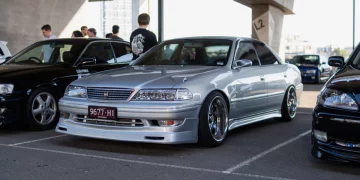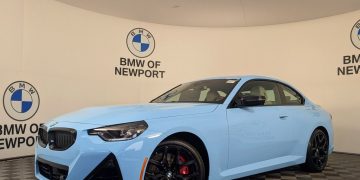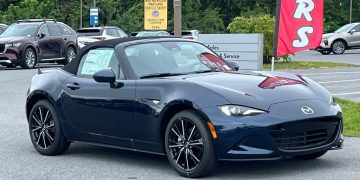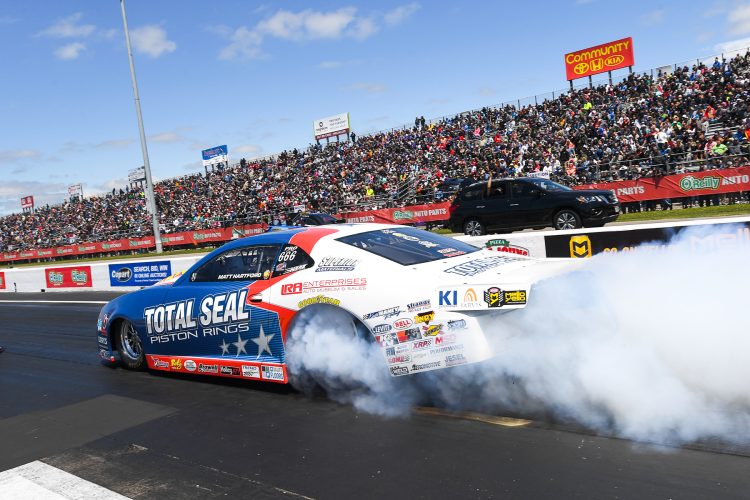The Silver Screen Adrenaline: Fast and Furious Phenomenon
The Fast and Furious movie series stands paramount among cinematic portrayals as the quintessential emblem of American street racing. The franchise’s ascent mirrors the escalating allure of the racing underworld. Illicit sprints unfold on deserted urban skirts or within the vast, forsaken realms of industrial districts, with each event clandestinely choreographed to elude legal ensnarements.
Youth at the Wheel: Demographics of Daredevils
A curious demographic pattern emerges at these nocturnal gatherings—youthful males, predominantly within the tender bracket of 18 to 25, dominate the scene, underlining a stark gender divergence. The cultural phenomenon of racing spawns a specialized automotive modification industry and nudges manufacturers towards more audacious vehicle designs.
From Prohibition to Pedal to the Metal: Origins and Outlaws
Delving into history, the roaring twenties and thirties were the nascent stages of this pursuit, propelled by prohibition’s strictures on liquor. Intrepid bootleggers modified their machines for might and maneuverability, outrunning the vigilant gaze of law enforcement and the Alcoholic Beverage Control Commission.

Hollywood and Hot Rods: The Cinematic Cult of Speed
Long before Fast and Furious commandeered public imagination, Hollywood paid homage to the street racing zeitgeist with films like 1955’s Rebel Without a Cause, weaving adolescent angst with automotive rivalry. Followed by Grease in 1978, these films portrayed speed, not simply as an activity, but as a rite of passage.
Racing’s Refined Realm: The NASCAR and NHRA Legacy
In the 1950s, car modifiers sought arenas to legally flaunt their craft, leading to NASCAR’s birth in 1948 and the National Hot Rod Association (NHRA) in 1951. These organizations heralded a new creed of ‘safety, sportsmanship, and fellowship’, charting a course away from the reckless dalliance of street racing.
Street Versus Track: The Allure Remains
Despite the establishment of regulated racetracks, clandestine street races persist, operating from ‘Hot Spots’—covert coordinates well beyond law’s long arm. Southern California and Dallas, and internationally in Tokyo, are well-known for such illicit excitement.

Cross-Pacific Counterpart: Japan’s Drift Culture
In Japan, street racers lean towards drifting across the expansive canvas of highways and serpentine mountain roads, with midnight clubs piloting these events. This culture has equally engraved its legacy, complementing the global acclaim of NASCAR and Formula 1.
In summary, what burgeoned as an offshoot of prohibition’s illegal liquor trails has transmuted into the very sinew of automotive pizzazz. Street racing, crafty customization, and the unyielding quest for torque and power are ingrained within the American heartland, embodying a tradition that, while polished by organizations like NASCAR, continues to thrive in the fervor of underground races.


































Discussion about this post